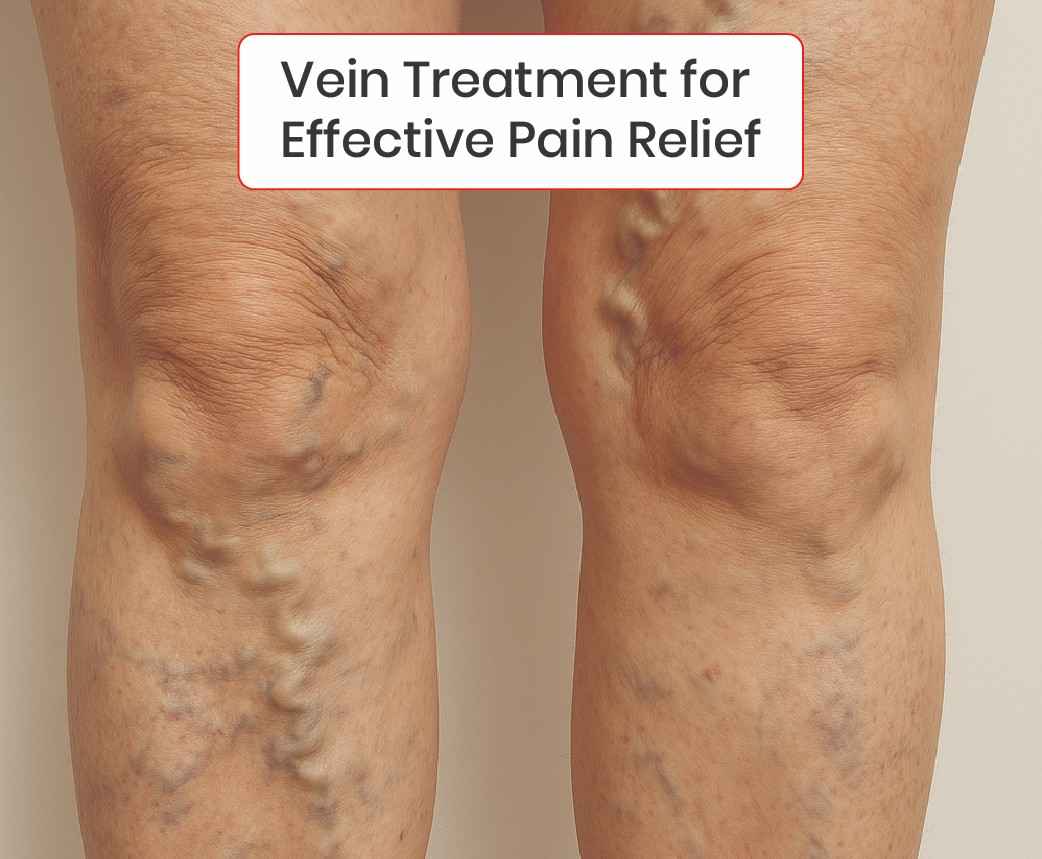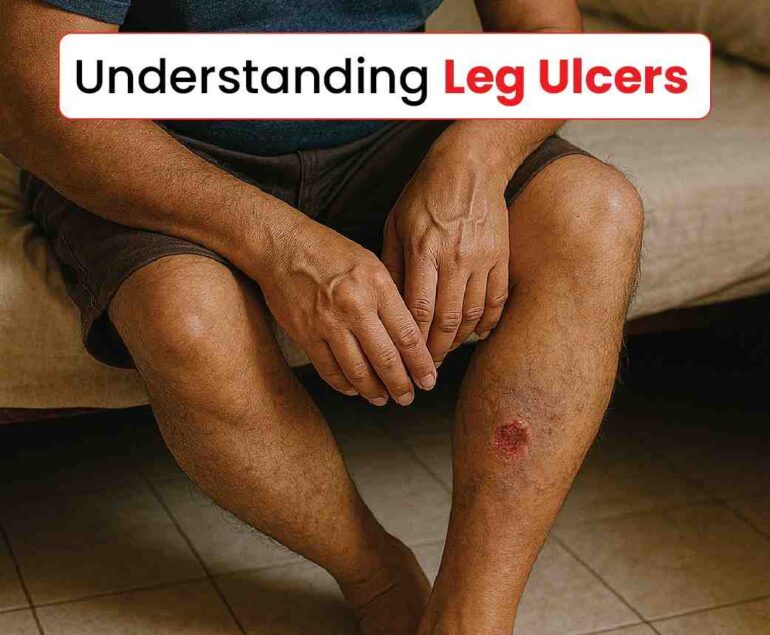When it comes to pain, few conditions can be as persistently uncomfortable and debilitating as venous disorders. These issues, which affect the veins in the legs, can cause significant pain, swelling, and complications if left untreated. For many patients, interventional treatment offers a minimally invasive, effective solution to not only manage the pain but also address the underlying causes of the discomfort.
The Severity of Pain and Potential Complications
Chronic venous disorders, such as varicose veins and chronic venous insufficiency (CVI), can lead to varying degrees of pain. This pain often manifests as a heavy, aching sensation in the legs, accompanied by throbbing or cramping. In more severe cases, the pain can be sharp and intense, significantly limiting mobility and reducing the quality of life.
If these conditions are left untreated, the pain tends to worsen over time. The increased pressure within the affected veins leads to further complications, including:
- Edema: Swelling due to fluid buildup in the legs.
- Venous Ulcers: Painful sores that form due to prolonged pressure and poor circulation.
- Skin Changes: Discoloration, thickening, and inflammation of the skin around the affected veins.
- Deep Vein Thrombosis (DVT): A potentially life-threatening condition where blood clots form in the deep veins, leading to severe pain, swelling, and the risk of a clot traveling to the lungs (pulmonary embolism).
Few Conditions Addressed by Interventional Treatment
Interventional treatments are designed to address several venous disorders that contribute to chronic pain. These include:
- Varicose Veins: Enlarged, twisted veins that often appear just under the skin, usually in the legs. They are caused by weakened valves in the veins, which allow blood to pool.
- Chronic Venous Insufficiency (CVI): A condition where the veins are unable to efficiently return blood to the heart, leading to blood pooling in the legs and causing pain, swelling, and skin changes.
- Spider Veins: Smaller, red or blue veins that appear close to the surface of the skin. While often considered a cosmetic issue, they can cause itching and discomfort.
- Deep Vein Thrombosis (DVT): A condition where blood clots form in the deep veins of the legs, leading to severe pain and swelling, with potential life-threatening complications if not treated.
How Interventional Treatment Works
Interventional treatment for venous disorders involves using minimally invasive techniques to improve blood flow and alleviate the pressure within the veins. These procedures are highly targeted, addressing the root cause of the pain rather than just masking the symptoms.
1. Endovenous Laser Therapy (EVLT)
EVLT is a widely used procedure to treat varicose veins. A small laser fiber is inserted into the vein through a tiny incision, and laser energy is applied to the vein walls, causing them to collapse and seal shut. This reroutes blood flow through healthier veins, reducing pain, swelling, and the risk of further complications.
2. Sclerotherapy
Sclerotherapy is particularly effective for smaller varicose veins and spider veins. A sclerosing solution is injected directly into the affected vein, causing it to scar and close off. Over time, the vein is reabsorbed by the body, and symptoms such as aching, burning, and cramping are greatly reduced.
3. Radiofrequency Ablation (RFA)
RFA uses radiofrequency energy to heat and collapse the vein walls, similar to EVLT. This procedure is particularly effective for larger varicose veins and is performed under local anaesthesia. Patients typically experience immediate relief from pain and can return to normal activities within a short period.
Why Interventional Treatment Is Effective for Pain Management
The pain associated with venous disorders is primarily due to the increased pressure in the veins and the inflammation of surrounding tissues. By sealing off the problematic veins, interventional treatments reduce this pressure, thereby alleviating pain. Additionally, these treatments prevent blood from pooling in the legs, reducing swelling and the likelihood of developing ulcers or other complications.
Moreover, interventional treatments are minimally invasive, requiring only local anaesthesia and involving minimal recovery time. This makes them an attractive option for patients looking for effective pain relief without the risks and downtime associated with traditional surgery.
For those suffering from the pain and complications of chronic venous disorders, interventional treatment offers a lifeline. These minimally invasive procedures not only address the root causes of the pain but also prevent the condition from worsening. By improving blood flow and reducing vein pressure, interventional treatments provide significant pain relief and help patients regain their quality of life. If you’re dealing with venous issues, consulting with a healthcare provider about these options could be the first step toward a pain-free future.




